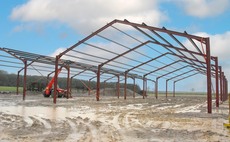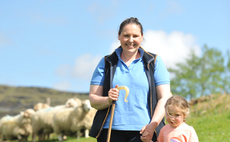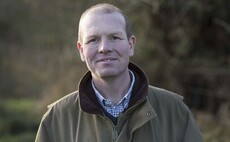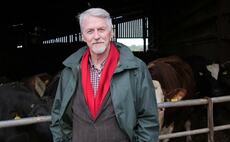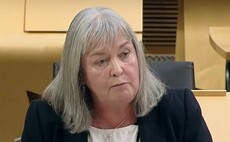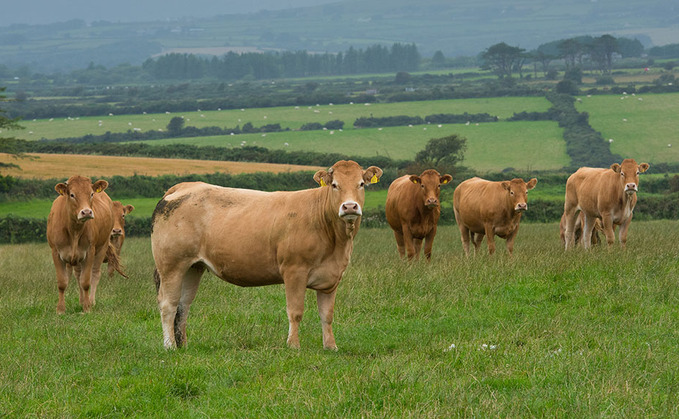
The Farming Innovation Programme has been set up by Defra to bring farmers and researchers closer together. Abi Kay explores the funding on offer.
Two new opportunities for farmers to apply for Defra funding for innovative practices will open later this month.
Announced last year, the Farming Innovation Programme is the umbrella scheme which hosts the Research and Development (R&D) Partnerships Fund and the Farming Futures Research and Development Fund – both of which open next week (commencing March 28).
While they may have similar names, they are two separate potential grant streams to tap into.
Georgina Sweeting, Savills food and farming consultant, said: “The schemes are aimed at research projects that integrate with agricultural businesses rather than previous schemes which have tended to be either research or agricultural businesses. “Defra is clearly trying to use these schemes to ensure the industry is in the driving seat and that knowledge is transferred and there is change on the ground, rather than disconnected academic research.”
The R&D Partnerships Fund will launch in March and 8 million will be available through this fund. Successful projects will need to have a strong focus on knowledge exchange and also allow for the outputs to become closer to commercialisation and mass uptake.
Solutions
The Farming Futures R&D Fund will support projects between businesses and researchers that are collaborating to develop solutions to help the farming sectors reduce greenhouse gas emissions.
It will be aimed at four-year projects costing between 3m and 6m, with a Climate Smart Farming theme opening March 21.
Hopeful participants will have to go through a two-stage expression of interest process, followed by full application via the gov.uk Innovation Funding Service.
R&D Partnerships Fund
The 8m for this scheme will be targeted towards larger-scale research and development among farmers and researchers which can demonstrate solutions that ‘have the potential to substantially improve overall the productivity, sustainability and resilience of the sector’.
Projects might include precision techniques for nutrient applications, the use of artificial intelligence and low-emission machinery to optimise production processes, or the development of climate-resilient crops.
Collaborative
These will be collaborative, business-led projects which provide clear benefits to farmers or growers in England.
The scheme follows a similar line to the fund which closed in December asking for applications on a smaller scale.
James Bradley, partner at Carter Jonas, said: “The overall idea behind the Farming Innovation Programme is collaboration. The Government wants businesses or researchers to work together and come up with game-changing ideas which clearly benefit farmers and growers.
“This is well intentioned but, in reality, this round of funding will be best suited to those who already have an idea or a concept that they want to see commercialised. With applications opening in just a few days, and then closing just six or seven weeks later, there is not a lot of time for new ideas to be thought up and adequately fleshed out.”
Projects lasting up to four years with a total cost of between 3m and 5m will be accepted and judged in a competition-style process.
“It is difficult to predict which applications will be successful as we are lacking specifics on what the judges are looking for,” Mr Bradley added.
Farming Futures R&D Fund
Projects which will help achieve the Government’s net zero target should be put forward for the Farming Futures R&D Fund. The money is for large scale, long-term projects to tackle climate change by reducing the environmental impact of farming, such as cutting emissions from livestock or crop fertilisation, or using novel soil and pest sensors to help farmers become more resilient.
“Defra is looking for high-value, ambitious and transformative solutions to help farmers reduce their greenhouse gas emissions and help them to adapt to the effects of climate change, so the objective is quite broad,” Mr Bradley said.
“There is 12.5m available for this stage, and projects should cost between 3m and 6m over four years.”
Initially, applicants should submit an expression of interest with a full application necessary if the judging panel wants to know more.
Guidance
“Again, there is not much guidance on which projects will be successful and which will not, but those with a bold, ambitious idea already laid out should certainly put in an application,” Mr Bradley said.
“With only 12.5m available and a project costing up to 6m, competition could be tough.”
In summer, Defra will launch a second competition in this fund, which is likely to focus on sustainable proteins, reflecting an ambition to ‘develop a sustainable and resilient food system’.







